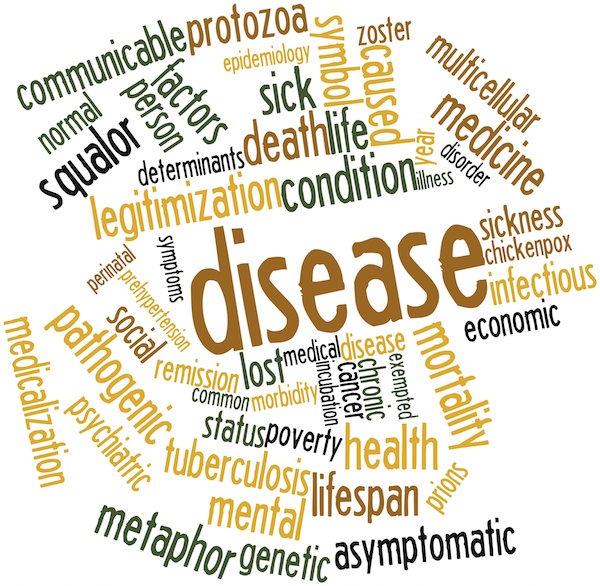
THURSDAY, July 24, 2014 (HealthDay News) — Human semen is naturally colonized by bacteria, and a new study suggests the microbes might have a role to play in both HIV transmission and levels in infected men.
U.S. researchers found that bacteria in semen — the “microbiome” — play a role in local inflammation and in the production of HIV by infected men. They say the findings point to possible targets for reducing transmission of the AIDS-causing virus.
The study couldn’t prove that the bacteria was causing changes in HIV levels, and the researchers say more research is needed. However, the findings do “suggest an interaction between semen microbiome, local immunology and semen viral load,” wrote a team led by Lance Price of the Translational Genomics Research Institute in Phoenix.
Although HIV is found in many bodily fluids, the virus is most commonly spread through semen. In addition to sperm, semen naturally contains bacteria and chemical immune factors. One such immune factor is interleukin-1beta (IL-1b), which is involved in the body’s inflammatory responses.
“Higher bacterial load in semen could lead to higher IL-1b levels, which in turn could induce viral shedding [production], thereby increasing viral load,” the researchers theorize.
In the study, Price’s team analyzed semen samples from 49 gay or bisexual men. Of all the participants, 27 were infected with HIV. These men provided samples before they started antiretroviral drug therapy, as well as one six months later.
These samples were compared to 22 others taken from the men not infected with HIV.
The study, published July 24 in PLOS Pathogens, found that HIV infection appeared to alter the relationship between semen bacteria and immune factors. This affects viral load and could play a role in the sexual transmission of HIV, the team of scientists said.
Among the men with HIV who were not on antiretroviral therapy, the overall semen bacterial load correlated with their HIV viral load, the study found.
After examining the bacterial DNA in the semen samples of the men who did not have HIV, a total of 248 different types of bacteria were detected. On average, each sample contained 71 different strains of bacteria. However, immune factors were not tied to the amount of bacteria in the semen of these uninfected men.
In contrast, there was significantly less bacterial diversity in the semen samples taken from the HIV-positive men.
After taking six months of antiretroviral therapy however, semen viral load was reduced to undetectable levels. At the same time, bacterial diversity and semen composition became similar to the semen of the men who did not have HIV, the researchers said.
More information
The U.S. Department of Health and Human Services provides more information on HIV/AIDS.
Copyright © 2025 HealthDay. All rights reserved.

